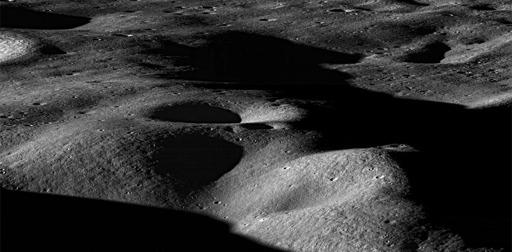Author: Martina Elia Vitoloni | DCL Candidate Air and Space Law, McGill University
Celestial bodies like the moon contain valuable resources, such as lunar regolith — also known as moon dust — and helium-3. These resources could serve a range of applications, including making rocket propellant and generating energy to sustaining long missions, bringing benefits in space and on Earth.
The first objective on this journey is being able to collect lunar regolith. One company taking up this challenge is ispace, a Japanese space exploration company ispace that signed a contract with NASA in 2020 for the collection and transfer of ownership of lunar regolith.
The company recently attempted to land its RESILIENCE lunar lander, but the mission was ultimately unsuccessful. Still, this endeavour marked a significant move toward the commercialization of space resources.
These circumstances give rise to a fundamental question: what are the legal rules governing the exploitation of space resources? The answer is both simple and complex, as there is a mix of international agreements and evolving regulations to consider.
The article has a breakdown of the laws and further context



Iron, aluminium, titanium, oxygen, silicon, phosphorus, potassium, I could go on listing elements at great length. There are plenty of resources out there. Celestial bodies are made of resources. You name it, you can find it out there in various abundances.
Helium-3 is just one of the few things you can find out there that is basically unavailable on Earth. It’s myopic to focus solely on that.
That was just an example - in the book they are positing that most of the things people want to mine on the moon are actually very rare - though there may be a lot across the moon it will nit be easy to mine it because the density is low.